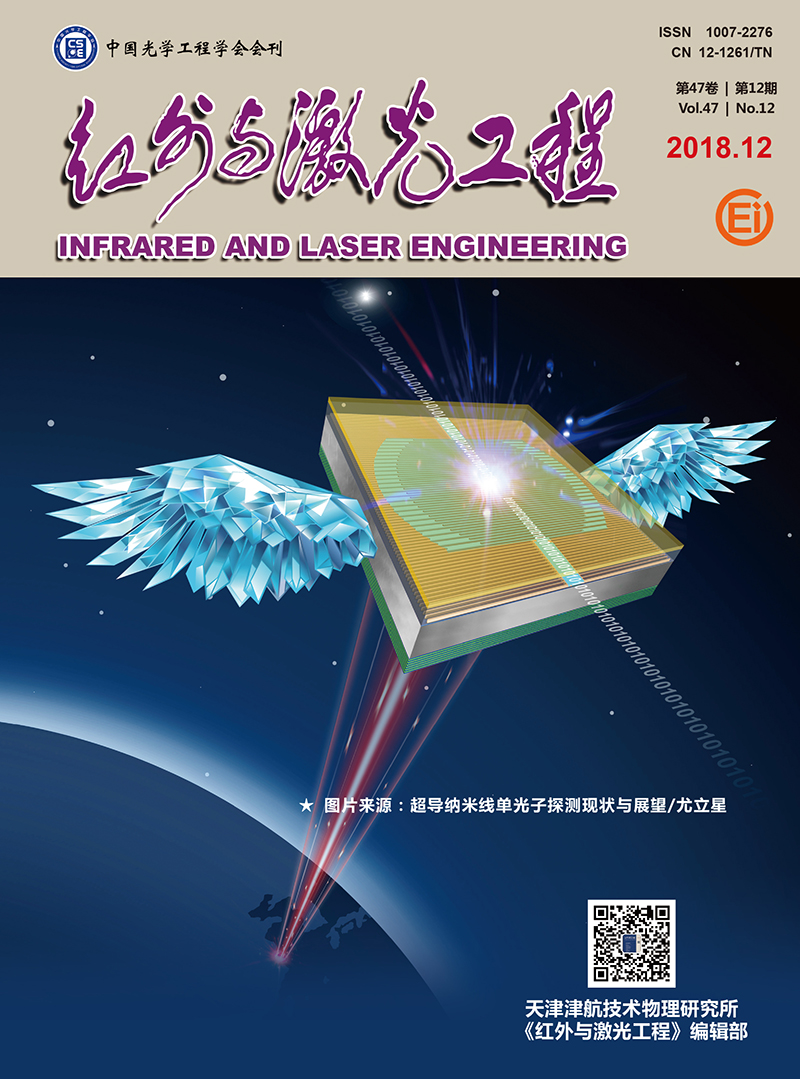|
[1]
|
Wang Guining, Liu Bingyi, Feng Changzhong, et al. Data quality control method for VAD wind field retrieval based on coherent wind lidar[J]. Infrared and Laser Engineering, 2018, 47(2):0230002. (in Chinese) |
|
[2]
|
Liu Qiuwu, Chen Yafeng, Wang Jie, et al. Effects of wavelength shift and energy fluctuation on inversion of NO2 differential absorption lidar[J]. Optics and Precision Engineering, 2018, 26(2):253-260. (in Chinese) |
|
[3]
|
Lu Xianyang, Li Xuebin, Qin Wubin, et al. Retrieval of horizontal distribution of aerosol mass concentration by micro pulse lidar[J]. Optics and Precision Engineering, 2017, 25(7):1697. (in Chinese) |
|
[4]
|
Rye B J, Hardesty R. Discrete spectral peak estimation in incoherent backscatter heterodyne lidar. I. Spectral accumulation and the Cramer-Rao lower bound[J]. IEEE Transactions on Geoscience and Remote Sensing, 1993, 31(1):16-27. |
|
[5]
|
Frehlich R, Yadlowsky M. Performance of mean-frequency estimators for Doppler radar and lidar[J]. Journal of Atmospheric and Oceanic Technology, 1994. 11(5):1217-1230. |
|
[6]
|
Rye B J. Estimate optimization parameters for incoherent backscatter heterodyne lidar including unknown return signal bandwidth[J]. Applied Optics, 2000. 39(33):6086-6096. |
|
[7]
|
Frehlich R. Scanning Doppler lidar for input into short-term wind power forecasts[J]. Journal of Atmospheric and Oceanic Technology, 2013, 30(2):230-244. |
|
[8]
|
Valla M. Fourier transform maximum likelihood estimator for distance resolved velocity measurement with a pulsed 1.55m erbium fiber laser based lidar[C]//Proceedings of the 13th Coherent Laser Radar Conference, 2005. |
|
[9]
|
Dabas A M. Semiempirical model for the reliability of a matched filter frequency estimator for Doppler lidar[J]. Journal of Atmospheric and Oceanic Technology, 1999, 16(1):19-28. |
|
[10]
|
Dabas A M, Philippe D,Pierre H F, et al. Adaptive filters for frequency estimate of heterodyne Doppler lidar returns:Recursive implementation and quality control[J]. Journal of Atmospheric and Oceanic Technology, 1999, 16(3):361-372. |
|
[11]
|
Dabas A M, Philippe D,Pierre H F, et al. Velocity biases of adaptive filter estimates in heterodyne Doppler lidar measurements[J]. Journal of Atmospheric and Oceanic Technology, 2000, 17(9):1189-1202. |
|
[12]
|
Dolfi-Bouteyre A, Guillaume C, Laurent L, et al. Long-range wind monitoring in real time with optimized coherent lidar[J]. Optical Engineering, 2017, 56(3):031217. |
|
[13]
|
Frehlich R. Simulation of coherent Doppler lidar performance in the weak-signal regime[J]. Journal of Atmospheric and Oceanic Technology, 1996, 13(3):646-658. |
|
[14]
|
Frehlich R, Stephen M H, Sammy W H, et al. Coherent Doppler lidar measurements of winds in the weak signal regime[J]. Applied Optics, 1997, 36(15):3491-3499. |
|
[15]
|
Frehlich R, Stephen M H, Sammy W H, et al. Coherent Doppler lidar measurements of wind field statistics[J]. Boundary-Layer Meteorology, 1998, 86(2):233-256. |
|
[16]
|
Zhou Yinjie, Zhou Anran, Sun Dongsong, et al. Development of differential image motion LiDAR for profiling optical turbulence[J]. Infrared and Laser Engineering, 2016. 45(11):1130001. (in Chinese) |
|
[17]
|
Feng Shuanglian, QiangXiwen, Zong Fei, et al. Data processing techniques for turbulence profile Lidar[J]. Infrared and Laser Engineering, 2015, 44(S1):220-224.(in Chinese) |
|
[18]
|
Frehlich R. Estimation of velocity error for Doppler lidar measurements[J]. Journal of Atmospheric and Oceanic Technology, 2001, 18(10):1628-1639. |
|
[19]
|
Hu Yang, Zhu Heyuan. 1.55m all-fiber coherent Doppler lidar for wind measurement[J]. Infrared and Laser Engineering, 2016, 45(S1):S130001. (in Chinese) |









 DownLoad:
DownLoad: